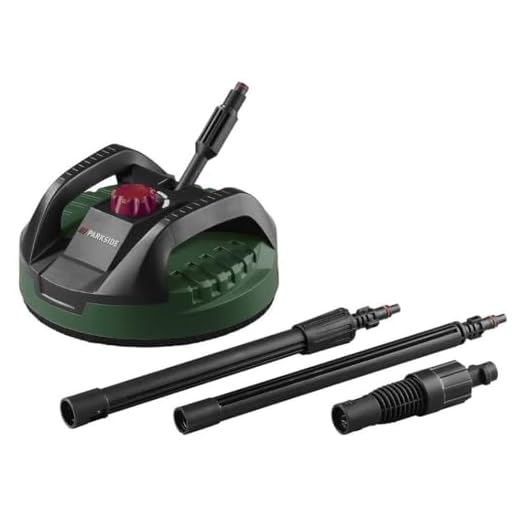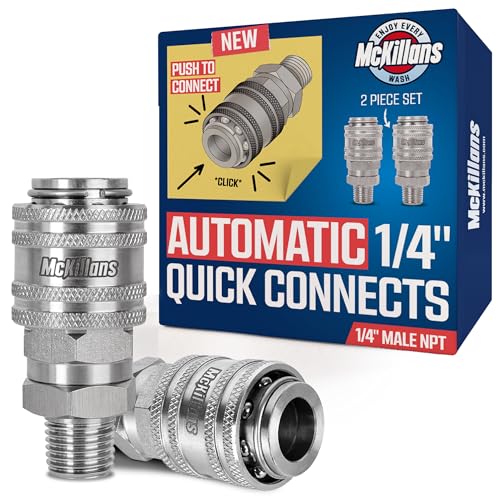

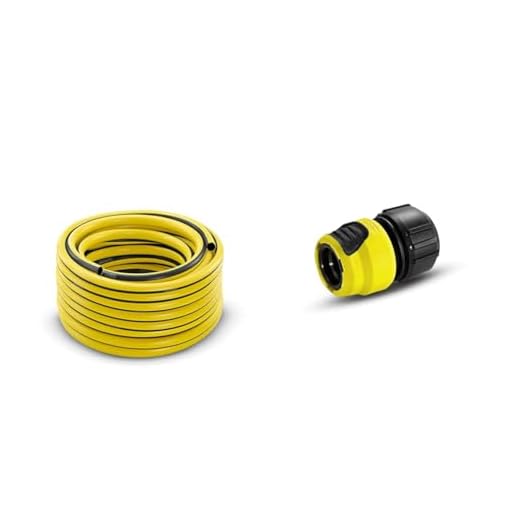

If you’re considering using a rainwater collection system for your outdoor cleaning tasks, I suggest looking at models equipped with a suction feature. Specifically, the models with a suction kit allow for effective use of stored rainwater, minimising reliance on mains supply. The K 2 and K 3 series are particularly versatile, offering compatibility with various water sources.
The K 5 series, with its robust design, supports a larger water intake, making it suitable for frequent use. These devices efficiently operate with rainwater tanks, ensuring you can tackle even the toughest jobs without compromising on performance. Make sure to acquire the appropriate adapter to facilitate seamless connection.
It’s important to note that compatibility varies; therefore, always check the specifications before making a purchase. This ensures that the chosen cleaner will function optimally with your rainwater storage system. Investing in such a model not only enhances your cleaning efficiency but also promotes sustainable practices by conserving precious resources.
Recommendations for Connecting to a Water Source
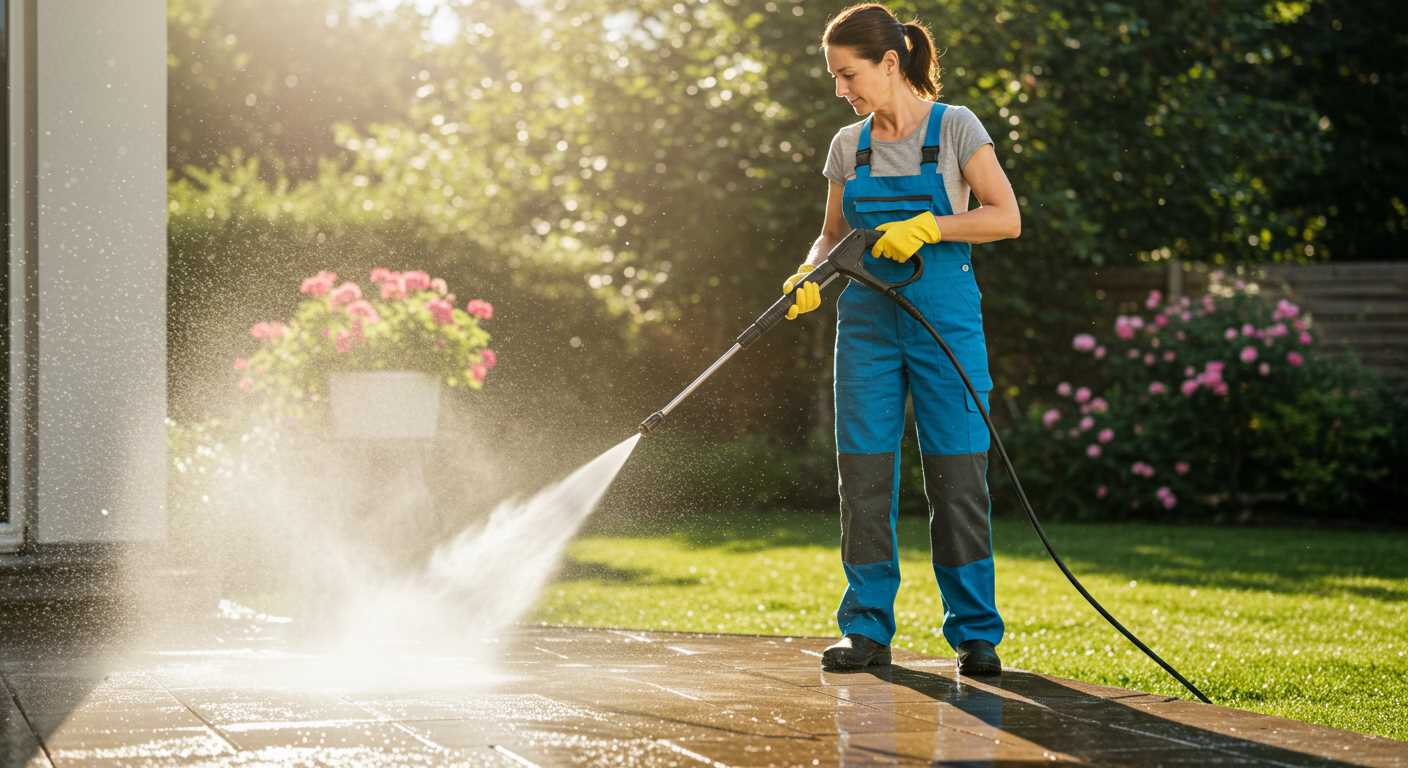
The models that facilitate connection to a reservoir are particularly beneficial for users seeking sustainable solutions. Specifically, I suggest looking into the Model K 5 and the Model K 7. Both options feature an integrated water filter that prevents debris from entering the pump, ensuring smooth operation even with non-mains sources.
Key Features
The K 5 offers a flow rate of up to 500 litres per hour and has a maximum pressure of 145 bar, making it suitable for various cleaning tasks. Meanwhile, the K 7, with its higher capacity of 600 litres per hour and a maximum pressure of 180 bar, is excellent for more intensive jobs, such as washing larger vehicles or outdoor areas.
Additional Considerations
Using these devices with a butt requires appropriate adapters, so ensure they match the specific hose fittings. Additionally, both models have a unique suction feature that allows them to draw water directly, making them practical for eco-conscious users.
Understanding Water Butt Compatibility with Karcher Models
For efficient use with a rainwater storage container, look into models equipped with the suction function. I highly recommend exploring those that feature a compatible adapter. The K3 and K5 series are excellent choices for this purpose, as they are specifically designed to utilise alternative water sources effectively.
Key Features to Consider
When selecting a unit, ensure it supports suction functionality. Assess the input valve size; it should align with your container setup for a seamless connection. Additionally, checking the filter system is advisable to avoid any debris from hindering performance.
Recommended Accessories
Using the correct hose with your rainwater setup enhances the overall experience. Attachments that prevent backflow are beneficial, providing peace of mind and safeguarding the mechanism. Furthermore, an adequate length of hose becomes crucial to reach your desired locations without hindrance.
Key Features of Karcher Pressure Washers for Water Supply
Models that successfully utilise alternative water sources typically feature a robust self-priming capability, allowing them to efficiently operate using stored rainwater or sources from a tank.
- Self-priming Technology: This feature enables the device to draw water from tanks or barrels. Look for models with a minimum suction height specification for optimal performance.
- Filter System: A built-in water filter is crucial to prevent debris from clogging the system and damaging internal components. Ensure that the model includes an easily accessible filter for maintenance.
- Compatibility with Garden Hoses: Many units come equipped with adaptors for standard hoses, simplifying the connection to various water sources and enhancing versatility.
- Pressure Settings: Adjustable pressure settings allow for safe cleansing of delicate surfaces while still providing the option for tougher cleaning tasks.
- Portability: A lightweight design with wheels facilitates movement to different areas, especially when transferring between various locations for cleaning purposes.
- Durability: Choose models built with robust materials to withstand regular use and the elements, ensuring a longer lifespan for outdoor cleaning tasks.
Ultimately, these specific attributes make certain models particularly suitable for drawing water from large storage tanks or water collection systems, thus allowing for effective cleaning while conserving resources.
Adapters and Accessories for Connecting to Water Butts
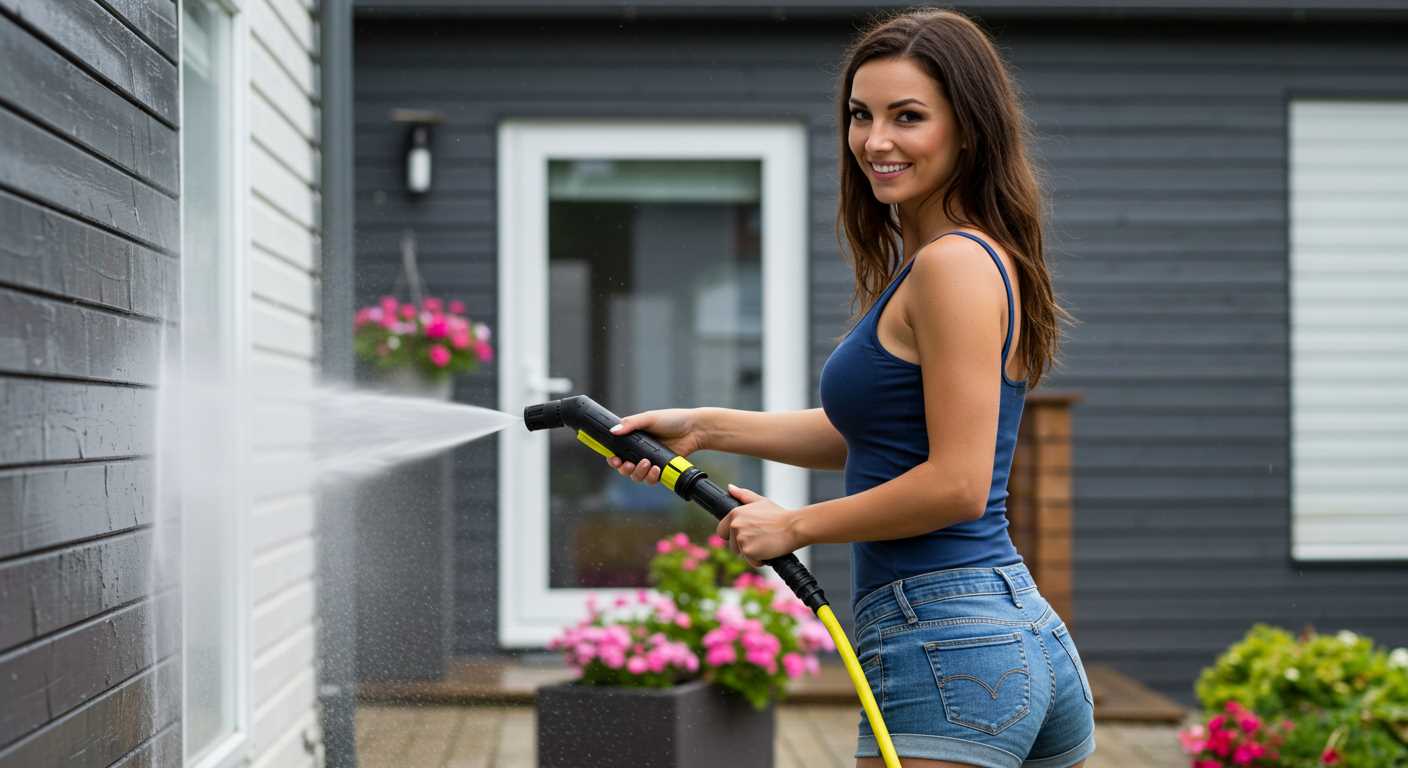
If you’re looking to source water from a storage container, investing in reliable fittings is key. Adapters are crucial elements that allow seamless integration between your cleaning machine and the water reservoir. Below are specific adapter options and accessories that ensure a proper connection.
Recommended Adapters
- Universal Adapter: These fittings often accommodate various hose diameters, making them versatile for different types of containers.
- Hose Connector: A quick-release connector simplifies attachment and detachment, allowing for easy switching between water sources.
- 1-inch Adapter: This is ideal for transferring water from larger barrels. Ensure it is compatible with your equipment specifications.
Accessories for Optimal Performance
- Filter Attachment: Incorporating a filter helps to prevent debris from entering the equipment, enhancing longevity and performance.
- Flexible Hose: A robust hose designed for high-pressure applications can significantly improve flow rate and stability.
- Extension Hose: For those with larger gardens or distant storage units, an extension hose ensures accessibility without moving the equipment.
When selecting parts, ensure compatibility with your specific model. Check the specifications provided by manufacturers to avoid mishaps. Regular maintenance of these accessories will also extend their usability and keep your cleaning tasks efficient.
Step-by-Step Guide to Setting Up a Karcher from a Water Butt
Begin with ensuring the appropriate connection between your cleaning device and the tank. First, check that your model is compatible with a water source, then gather the necessary components for setup.
1. Gather Your Materials: You will need a suitable pump, a hose, and the correct adapter for the connection. Ensure that the hose length is adequate to reach from the tank to your machine.
2. Attach the Hose: Connect one end of the hose to the water inlet of your device. Ensure a tight fit to prevent leaks.
3. Install the Adapter: Depending on your model, an adapter may be required to connect the hose to the water tank. Examine the tank’s outlet to select the correct part.
4. Position the Water Tank: Place the tank at or above ground level to ensure proper gravity flow into the pump. Adjust the height as needed for optimal suction.
5. Secure Connections: Double-check all connections for tightness. A leaky setup can lead to performance issues.
6. Prime the System: Before operating, you may need to fill the hose with water. Activate the device briefly to purge air from the system until a steady flow is established.
7. Test the Setup: Switch on the cleaner to check for effective water flow. Monitor for any leaks or performance problems during initial use.
By following these steps, you’ll ensure a seamless operation from your tank, maximizing its potential while achieving excellent cleaning results.
Maintenance Tips for Optimal Performance with Water Butts

Regularly check the filter system of your unit to prevent clogs. A clean filter ensures smooth water flow and reduces strain on the motor.
Inspect the hoses and connections for leaks or damage. Replace any worn parts immediately to maintain a consistent water supply.
Utilise a non-return valve to prevent backflow, which can contaminate your butt with debris. This is especially crucial if using stored rainwater.
Monitor the water level in your barrel. Ensure sufficient water at all times for uninterrupted operation, especially during extensive cleaning tasks.
From time to time, clean the inside of the barrel to eliminate sediment accumulation. This helps to maintain the quality of the water you use.
When not in use, detach all fittings and drain hoses to prevent freezing during colder months. This can prevent cracks and damage to key components.
Periodically, test the compatibility of your attachments to ensure seamless performance. Mismatched accessories can lead to inefficiency and equipment failure.
Store the unit in a cool, dry place, shielding it from harsh weather. Prolonged exposure can adversely affect the materials and seals.
Keep an instruction manual handy for reference on specific maintenance tasks and troubleshooting steps tailored to your model.
Common Issues and Troubleshooting When Using Water Butts
Blockages in the hose or filters are frequent problems with suction setups. Make sure to inspect all connections for dirt or debris. Cleaning the filters regularly can prevent many issues.
If no water is being drawn, check for air leaks in the hose. Any cracks or loose connections can disrupt the flow. Use silicone tape for repairs on smaller leaks.
Noise during operation can indicate that the machine is not receiving a steady flow of liquid. Ensure the source is filled adequately and that there are no kinks or sharp bends in the hoses.
For inconsistent performance, verify that the height of the container is sufficient. Ideally, the liquid source should be higher than the appliance to facilitate gravity assistance.
| Issue | Possible Cause | Solution |
|---|---|---|
| Blockages | Debris in hose or filter | Clean filters and hoses regularly |
| Inability to draw | Air leaks in hose | Inspect for cracks and repair with tape |
| High noise level | Inconsistent flow | Check for kinks and proper fill level |
| Poor performance | Insufficient height of water source | Ensure the liquid source is elevated |
Lastly, should you encounter issues post-setup, recalibrating the pressure settings might be necessary. Adjust the pressure to suit specific tasks, and this can enhance functionality significantly.



